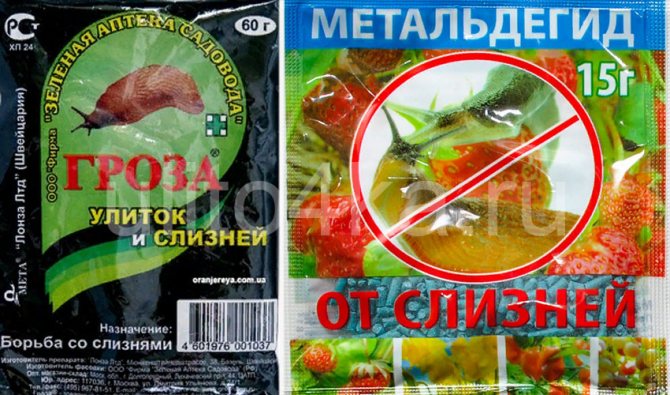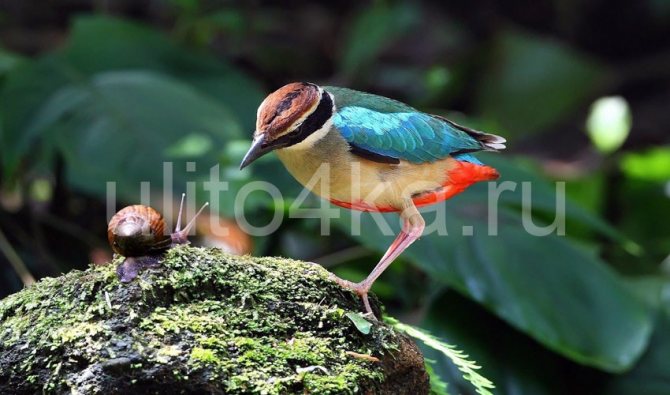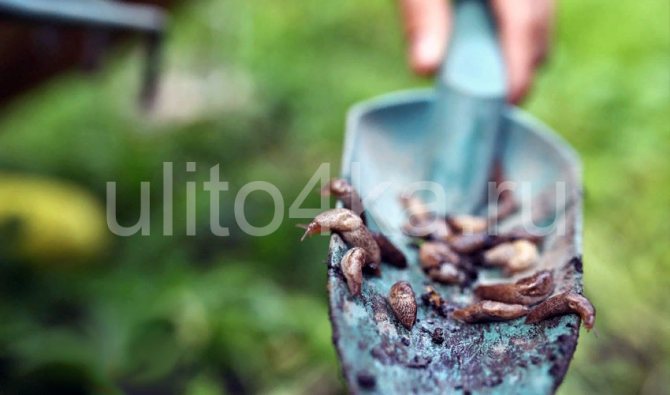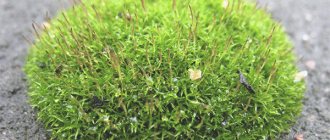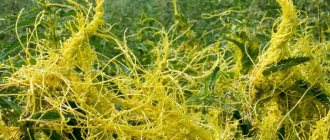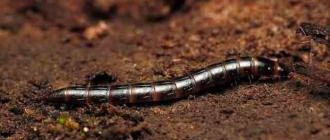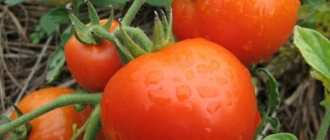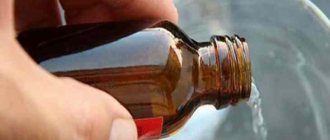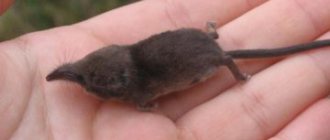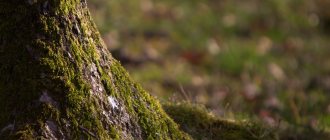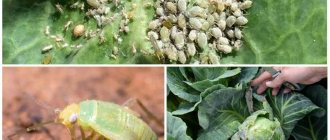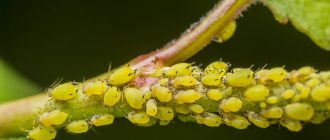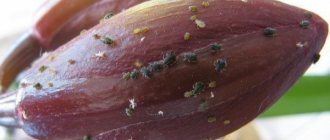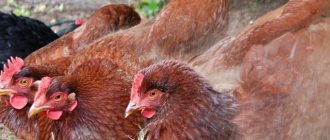Why do I get rid of snails in the garden
Snails are inconspicuous, but very unpleasant guests to the sites. They are not noticeable on a fine day - they hide in secluded and humid places from sunlight and midday heat. They crawl out "on business" only with the onset of dusk, with prolonged rainy weather.
Snails are gastropods. They are distinguished from the slugs common in our gardens by the presence of rudimentary shells. Favorite dishes are fresh, young, tender, not stiff tops of plants. In a hungry year, they do not disdain the fallen, last year's foliage. In our gardens, two types of pests are most often found - plowed slug and grape snail.
Such mollusks are hermaphrodites: one individual can reproduce both sperm and eggs, which is why it does not need a pair for reproduction. For this reason, gastropods breed in huge numbers - one mollusk makes up to 6 clutches of eggs per year. Each snail, depending on the species, becomes sexually mature at 3-6 months. Another feature of pests is their amazing unpretentiousness: they can live without food for up to 3 months.
There are a lot of garden, rural crops, tasty for snails:
- strawberries, victoria, wild strawberries;
- tops of beets, lettuce, cabbage, potatoes.
- fruits of tomatoes and cucumbers;
- potato tubers;
- young wheat sprouts, cereal seeds.
Snail activity decreases during cold or hot seasons. They are most active in spring, in cool rainy summers.
I learn that snails have stayed in my garden by the characteristic lesions on the leaves of cabbage and lettuce - gastropods encroach on the most juicy, delicate parts of the tops, leaving small holes of irregular shape on them. They do not touch stems, large veins, rough foliage - they physically cannot bite through. After snails and slugs, there are other recognizable traces - "paths" of shiny mucus and feces.
Having found uninvited gastropod guests, I hasten to take emergency measures to remove them. And I advise you not to hesitate for the following reasons:
- More than 150 varieties of cultivated plantings are a favorite treat. By eating foliage, pests reduce the area for the vital plant photosynthesis. Spoiling flowers - reduces the volume of productive ovaries. Gnawing roots - make them unsuitable for long-term storage.
- Any damage to the leaf, stem, ovary, fruit is an "open door" for viruses, bacteria, fungi into the plant body.
- Snails and slugs are carriers of helminthiases. They can easily infect the pets you brought to your dacha - all they need to do is sniff, lick the path left by the clam, or eat it. Moreover, you yourself, your children, can become infected if you eat unwashed greens, an apple, a berry on which a gastropod has stayed.
- The mucus left by the snails contributes to the rapid decay of the fruit, even before they reach technical maturity.
There is also little benefit from the presence of gastropods in the garden - in nature they are orderlies, eating and processing dead plant parts. But despite this dignity, I still choose to breed snails.
Ways to destroy snails in the garden
Lime slugs and snails from the site once and for all can be done in a variety of ways.I start the fight using old, grandmother's methods, manually collecting pests, turning to ecological (biological) opposition. And only when these safe methods do not give the desired effect, I use chemicals.
Mechanical methods
Collecting snails by hand or with the help of tools at hand is a mechanical method of pest control. But I have already clarified that during the day snails are not easy to find - like nocturnal animals, they hide very well.
Therefore, I go for a trick - I build traps:
- I prepare unnecessary rags, leaky bags - I moisten them with beer, kvass, fruit or berry juice, fruit drink, compote, diluted jam or preserves.
- I collect wet boards, pieces of roofing material, dense polyethylene, laminate.
- I pick off large leaves of burdock or cabbage.
I lay out all this stuff near the beds affected by shellfish. At night, in the morning, pests, having returned from hunting, will take a fancy to these attractive shelters. In the afternoon, all that remains is to check the traps - to collect the pests, wearing gloves. I use regular tweezers - it's easier and faster to pick up small slippery snails.
Biological methods
An ecological way of exterminating gastropods is to attract their natural enemies to the site:
- Hedgehog. The animal loves shelter from thickets, old branches, where no one will disturb it. You should not feed the predator, otherwise he will come to the site only for a treat, and not for catching snails.
- Ladybugs. These predatory insects often hunt snails.
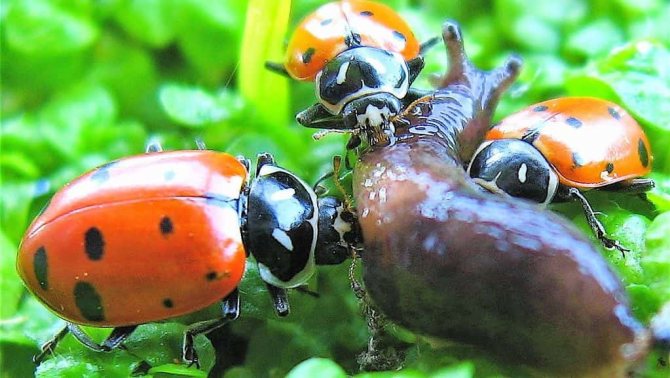
ladybugs enemies of slugs and snails
I do not forget about the plants that mollusks do not like - I plant along the perimeter of the garden, chosen by the pests of the ridge of "guards":
- garlic;
- parsley;
- laurel;
- thyme;
- sage;
- rosemary.
Another effective method of "biological warfare" is young freshly cut nettles, spread out in the aisles. Gardeners share that mollusks for some reason strongly dislike plants with red leaves, petioles, flowers or inflorescences. The pest is frightened off by the "Scarlet" variety of beets, chard, amaranth with raspberry leaves and bright red inflorescences.
However, gardeners complain about plants that attract snails. Most often - for burdocks and spreading nettles. These weeds are an excellent "home" and food for gastropods. In addition, slugs are also attracted by certain cultural plantings - hibiscus, dahlias. Therefore, lovers of flower beds should replace them with equally beautiful pansies, snapdragons, phloxes, etc.
Chemical methods
The use of chemicals is an extreme, which I only use when other methods are powerless. In garden ones, the most effective ones are those containing metaldehyde. For example, "Thunderstorm", "Bioslimax" or "Meta". It is worth using them in dry weather, and after heavy showers, renew the chemical protection.
Traditional methods of dealing with snails
I'll tell you about my grandmother's proven methods of dealing with gastropod enemies:
- Salt and soap traps. Near the ridges with cultures favored by snails, I dig in containers with wide necks - jars, bowls, cups, dishes, bowls. I place them so that the edge of the container is flush with the ground. I pour a strong saline or soap solution into the container, cover it with a rag, tarp. It remains only from time to time to renew the evaporating liquid, to collect the trapped pests.
- Corn flour bait. It is enough to stir 1-2 tbsp. tablespoons of flour in a glass of water, pour the emulsion into a jar, and then dig it into the ground. Having tried such a treat, the mollusk soon dies.
- Gravel, crushed eggshells, crumbled shells, coarse sand, dormant coffee grounds, pine needles, and sharp nutshells. All gastropods are distinguished by a delicate soft body - they react painfully to any damage.This can be used by putting a "protective belt" around the ridges from the proposed materials.
- Mustard, red pepper, coffee powder. To prepare a counter solution, I dilute 2 teaspoons of any product in 200 ml of boiling water, cool the liquid, and then process the plants with it - on a cloudy day, in the early morning or after sunset. Another option is to brew strong grain coffee, irrigate plantings with it.
- Ammonia. I dilute the drug with water in a ratio of 1: 6, pour the solution into a spray bottle, spray bottle, treat plants damaged by snails. A weak concentration of the agent does not burn the plants, and the smell of ammonia scares away gastropods from the ridge for a long time.
- Salt. I use this method with caution - you can achieve soil salinity, which is no less harmful to plants than snails. I sprinkle coarse salt only on compost heaps, stony, brick paths - where there is no threat that it will be absorbed into the substrate. Salt is destructive for snails - it literally dissolves, eats away their bodies.
- Ash. Another way to save plantings from gastropods is with the help of ash. It is scattered over the beds, making closed protective circles. Slugs and snails cannot get through such an obstacle - it burns their delicate bodies.
- Water obstacles. Water is an insurmountable barrier for slugs and snails alike. So I made shallow ditches, put gutters in them from the fastened halves of tin cans, old plastic pipes. Then he filled the structures with water - the obstacle was ready. It is only necessary to top up the evaporating water from time to time.
- Superphosphate, lime. I made 2-3 obstacle strips from these substances at a distance of 10-15 cm. Such materials quickly absorb any moisture, including mucus produced by snails. Without these slimy secretions, pests practically cannot move, which plays into the hands of gardeners. But such "obstacle courses" are good only for greenhouses - in open conditions they are quickly washed away by rains. Another little secret is to sprinkle some hot (red) pepper over lime, superphosphate.
In most cases (especially at the initial stage of the spread of molluscs), these simple methods are enough to completely remove the snails.
What to do?
It is impossible to say that slugs and snails do one lawlessness in the garden. Still, they clear the territory of dead, decaying plants, dying leaves, etc. But when they "gather in flocks", then quite healthy plants are already used. By eating leaves, they reduce their ability to photosynthesize, attacking flowers, depriving them of pollination, and I generally keep quiet about the fruits.
It is best, of course, to use humane methods of struggle, leaving Mother Nature herself to regulate through natural selection the livestock of "sliding".
Well, or use preventive measures, of which there are many, because limiting their movement is not so difficult, and, as it seems to me, it is better to do this with folk remedies.
But if they got you so much that you are ready to declare all-out war on them and wipe them off the face of the earth, then there will be more serious ways.
Prevention of snails in the garden
Their appearance in the garden is not so difficult to prevent - for this you just need to create an environment that is not comfortable for them to live on:
- I remove from the garden everything that can attract a snail as a day refuge - boards, tarpaulins, stones, heaps of weeds.
- Timely trimming, mowing the lawn, monitoring the condition of the paths.
- Do not allow damp, swampy areas to appear in the garden.
- I do not use too dense, frequent planting methods.
- Periodically remove the lower leaves - lettuce and cabbage.
- If necessary, I loosen the ridges - snails often hide in the cracks in the earthen crust.
- In autumn, I carefully collect and destroy all plant residues - such a measure deprives the gastropods of winter shelter and food, which excludes meeting with them in the new season.
- I keep an eye on the compost heap - this warm and humid place attracts snails like a magnet. They don't even need to get out in search of food - we already put everything we need in a heap. Therefore, for prevention purposes, I cover the surface of the compost with coarse salt. I will warn you that this method is only good for a heap - its use in the beds, flower beds leads to salinization of the substrate.
Small and seemingly harmless - a serious enemy of the gardener. In addition to the fact that they destroy young plantings, spoil fruits and roots, gastropods are carriers of helminth eggs, make plantings vulnerable to infectious agents. Therefore, if you notice signs of these uninvited guests on your site, do not postpone the fight with them until later - at first, the pest is easy to lime with simple, safe and economical folk, mechanical and biological methods.
Chemical methods
Unfortunately, it is not always possible to get rid of snails with the help of preventive measures. It is quite difficult to collect all the pests with your hands and take them far outside the garden, if only for the reason that they are successfully camouflaged in the daytime. At night, in continuous darkness, it is impossible to collect them without lighting.
In such cases, the problem with snail invasions can be eliminated using the proposed chemical technologies that involve the use of special chemicals:
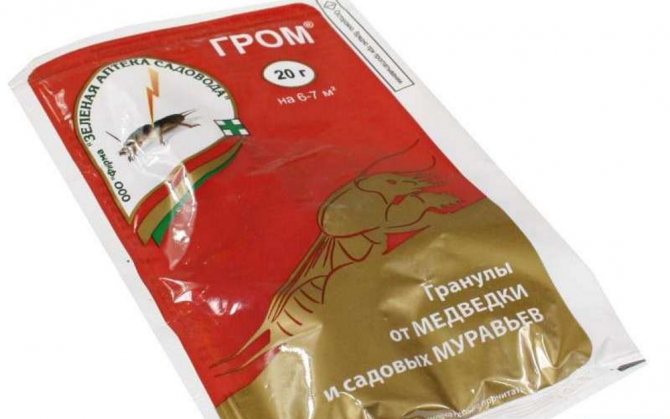

All of these drugs are based on metaldehyde. When this substance is absorbed, the body of the gastropod mollusk begins to shrink, rapidly losing moisture. As a result, the snail dies from lack of moisture.
Some summer residents categorically refuse to use such a chemical method. Their decision is argued by the fact that metaldehyde is dangerous not only for slugs, but also for humans and animals.

